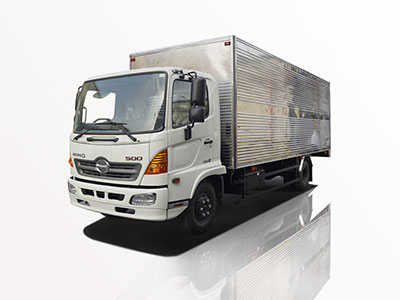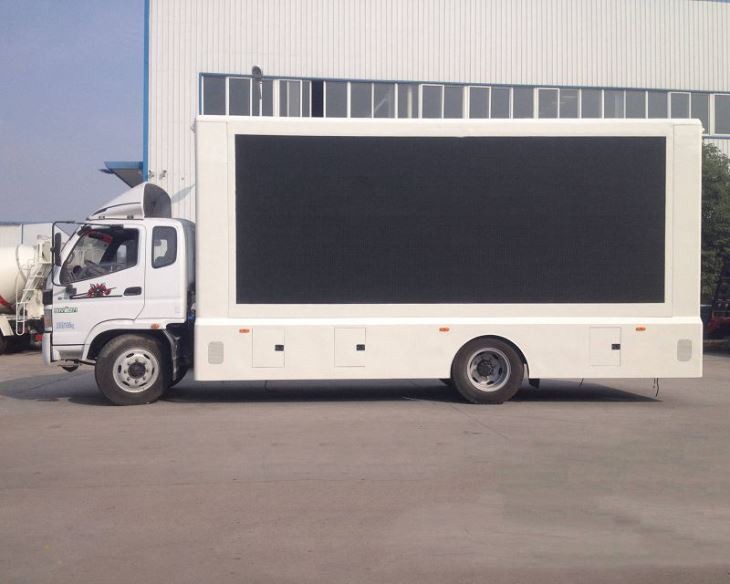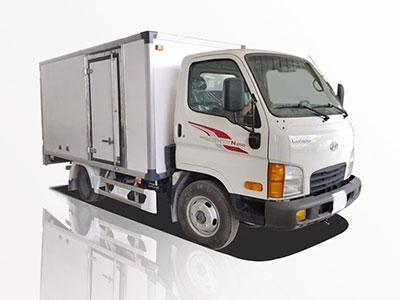Introduction
Large garbage trucks play a vital role in maintaining cleanliness and hygiene in our communities. With the increasing population and urbanization, the need for efficient waste management has never been more critical. In this comprehensive article, we will explore the various aspects of large garbage trucks, including their design, functionality, benefits, types, and more. Whether you are involved in waste management or simply curious about how these vehicles work, this guide will provide valuable insights.
What is a Large Garbage Truck?
A large garbage truck is a specialized vehicle designed for collecting and transporting waste materials. Built to handle heavy loads, these trucks are equipped with advanced technology to facilitate efficient waste collection. There are different types of large garbage trucks, each suited to specific waste management tasks.
Key Features of Large Garbage Trucks
- Enhanced Load Capacity: Large garbage trucks can carry significant amounts of waste, ranging from several tons to over a dozen tons depending on the model.
- Compaction Systems: Many trucks have built-in compaction systems that compress waste to maximize space and reduce the number of trips required to dump.
- Automated Loading: Modern models often feature automated systems that allow for the quick and efficient collection of waste without manual intervention.
- Environmental Features: Many large garbage trucks are now designed with lower emissions and noise-reduction technologies, making them more eco-friendly.
Types of Large Garbage Trucks
Large garbage trucks come in various designs tailored to specific types of waste and collection methods. Here are some common types:
Front-Loading Garbage Trucks
Front-loading trucks are typically used for commercial waste collection. They have front-mounted loaders that lift dumpsters to dump waste into the truck.
Rear-Loading Garbage Trucks
Rear-loading trucks are commonly used for residential waste collection. They feature an opening at the back that allows collectors to manually load rubbish directly into the truck.
Side-Loading Garbage Trucks
Side-loading trucks utilize a mechanical arm to grab and lift bins from the side of the truck. This method reduces the need for manual labor and speeds up the collection process.
Compaction Garbage Trucks
These trucks come with powerful compaction systems that compress waste inside the truck. Compaction increases efficiency by allowing the truck to hold more material before needing to unload.
Components of a Large Garbage Truck
Understanding the various components of a large garbage truck can provide deeper insights into how they function:
Chassis
The chassis is the base frame of the truck, providing structural support and housing various components, including the engine and transmission.
Compactor Unit
The compactor unit helps to compress waste inside the truck, maximizing load capacity and reducing transport frequency.
Loader Mechanisms
These are the mechanical arms or systems used for loading waste into the truck. They can be automated or manual, depending on the truck type.
Cab
The cab is where the driver sits and controls the vehicle. It is designed for ease of access and visibility while driving and collecting waste.
Benefits of Using Large Garbage Trucks
Investing in large garbage trucks can bring several benefits to waste management systems:
Efficiency
Large garbage trucks are designed to handle significant volumes of waste efficiently, making the waste collection process faster and more streamlined.
Cost-Effectiveness
Although the initial investment may be high, large garbage trucks can save costs in the long run due to reduced labor and fuel expenses.
Sustainability
Modern large garbage trucks often incorporate eco-friendly technologies, contributing to overall sustainability goals in waste management.
Maintenance and Care for Large Garbage Trucks
Proper maintenance is essential to keep large garbage trucks functioning optimally. Here are some key maintenance tips:
Regular Inspections
Perform regular inspections of the truck’s components, including brakes, tires, and lights, to ensure everything is in good working order.
Fluid Checks
Check fluid levels such as engine oil, hydraulic fluids, and coolant to prevent overheating and mechanical failure.
Cleaning
Regularly clean the compaction area and exterior of the truck to prevent odors and keep it in good condition.
Scheduled Servicing
Establish a regular servicing schedule with a certified mechanic to address any potential issues before they escalate.
Practical Examples of Large Garbage Trucks in Use
Across various cities, large garbage trucks are employed in different capacities. Here are some practical examples:
Urban Waste Collection
Cities often deploy side-loading and rear-loading garbage trucks for residential waste collection. These trucks work during early morning hours to minimize disruption.
Commercial Waste Management
Front-loading trucks are popular in commercial areas, where businesses generate significant waste and require frequent pickups.
Construction Debris Removal
Large garbage trucks are often used on construction sites to haul away debris and waste materials in a safe and efficient manner.
Future of Large Garbage Trucks
The waste management industry is evolving, leading to advancements in large garbage truck technologies. Here are some anticipated trends:
Electric Garbage Trucks
With the global push for sustainability, electric garbage trucks are being developed, offering a cleaner alternative to traditional diesel trucks.
Smart Waste Management
GPS and IoT technologies are being integrated into garbage trucks to optimize routes and improve efficiency in collections.
Autonomous Garbage Trucks
The future may see autonomous large garbage trucks that operate without human drivers, increasing safety and operational efficiency.
FAQs About Large Garbage Trucks
What are the average dimensions and weight of a large garbage truck?
The average length of a large garbage truck is about 25-35 feet, with a weight ranging from 26,000 to 40,000 pounds depending on the model and its load capacity.
How often are large garbage trucks serviced?
Typically, large garbage trucks should be serviced every 5,000 to 10,000 miles, or as per the manufacturer’s recommendations. Regular inspections and maintenance are critical for their longevity.
What types of waste can be collected using large garbage trucks?
Large garbage trucks are designed to collect various types of waste, including household garbage, commercial waste, construction debris, and recyclable materials, depending on their specific design.
Are there electric versions of large garbage trucks?
Yes, there are electric versions of large garbage trucks currently in development and use, aiming to reduce emissions and improve fuel efficiency.
How do large garbage trucks handle hazardous waste?
Specialized large garbage trucks are designed to handle hazardous waste, equipped with safety features and specialized containment systems to prevent leaks and spills.
What maintenance checks are essential for large garbage trucks?
Essential maintenance checks include inspecting brakes, tires, hydraulic systems, compaction units, and ensuring fluid levels are adequate to prevent operational failures.





